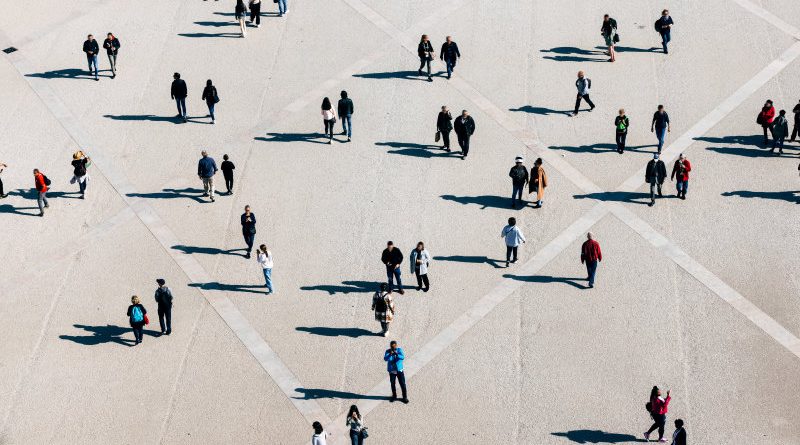pancha tulasi drops online
Save articles for later
Add articles to your saved list and come back to them any time.
Could some exercise save 1600 Australians from death over the next seven years? A new report has experts calling for a national campaign to get at-risk people moving to save the health system.
One in three adults in Australia is overweight or obese, while about 65 per cent of adults do not meet the minimum requirement of physical activity to maintain their health.
These factors, along with other lifestyle-related risk factors including tobacco use and drinking alcohol, are estimated to contribute to more than one-third of chronic illness and premature death in the country.
If we expect people to make changes, we have to help them do it: like making more walkable, doxepin purchase safe places.Credit: Getty
So, for a new report, the Australian Institute of Health and Welfare (AIHW) explored what would happen if people improved the two factors that, together, create the most risk: weight and physical activity.
Their analysis suggests that if at-risk individuals lost about 3 kilograms each and maintained that until 2030, disease attributable to being overweight could fall by 11 per cent.
They also suggested that if people moved for an extra hour a week, disease burden attributable to physical inactivity would be slashed by 16 per cent. If everyone did an extra 15 minutes of exercise, five times a week, 1600 deaths could be prevented by 2030, the report adds.
Such small changes can have a big effect, and it all sounds so simple. If only.
“It seems very easy, but clearly it isn’t because if it was, we would’ve fixed it by now,” says Professor Sandra Jones, the Pro Vice-Chancellor of engagement at Australian Catholic University.
“We just constantly tell people like they’re naughty children: ‘change this thing’ and we don’t actually make it possible for them to do it.”
For instance, we have free mental health support lines and even free quit smoking help lines, but little support is provided to those with an unhealthy weight or low physical activity levels, points out Jane Martin, the executive manager of the Food for Health Alliance (previously Obesity Policy Coalition).
“There’s been a lot of finger-pointing at individuals, and it’s a little bit like climate change – an individual cannot solve that,” Martin says. “We have such a broad problem across the population. This is not a lack of willpower. This is a lack of government action and intervention to shift and shape our environment to support people to be healthy.”
For instance, telling someone they need to move more if they can’t afford a gym membership and don’t live in a walkable area or near a park they feel safe to exercise in, is useless.
Professor Stephen Simpson, the academic director of the Charles Perkins Centre at the University of Sydney, believes it “could and should be done”, but says there are many factors working against people making them.
For instance, telling someone they need to move more if they can’t afford a gym membership and don’t live in a walkable area or near a park they feel safe to exercise in, is useless. Similarly, it is an uphill battle to tell someone to lose weight when they are up against a $550 million annual budget spent promoting junk foods, which are both inexpensive and accessible and are designed to make people crave more of them.
So, what can be done?
There needs to be a considered strategy that includes a myriad of approaches, community players and messages, says Barrie Elvish, the CEO of AUSactive, Australia’s peak body for the exercise and active health sector. And, he adds: “It needs to be in place for at least five years to instil the necessary change in behaviour. Otherwise, they are doomed to failure and will only add to the public’s cynicism.”
Jones explains that many previous physical activity campaigns have failed because there was no framework in place to support the changes they were encouraging. An example of a campaign that has been effective in creating change is the COVID campaign:
“When we said ‘get tested’, and we actually had testing facilities,” she says. “And we told you where they were, and we made them available. We gave out free RAT tests, and we said ‘get vaccinated’ and provided vaccine clinics.”
So instead of shaming people for not exercising enough or for getting takeaway foods when they are low on time and budget, a better approach would be to invest more in safe parks and walkable areas, in low-cost exercise classes and in making fresh food more affordable and accessible.
“It can be done,” Jones says. “It is possible to help people to achieve these sorts of targets and have an impact.”
Martin adds that there are cost-effective and simple policy levers that have not been pulled yet, like a levy on sugary drinks.
“It’s been estimated that it’ll raise $815 million dollars that could then be fed back into health promotion,” she says.
Another change Martin would like the government to support is protecting children from the marketing of unhealthy food on television and digital platforms.
“We’ve got the solution sitting there on a shelf,” she says, referring to the National Obesity Strategy, which outlines a range of ways to support change and improve the health of our environment.
But, Martin says, the government is yet to outline an implementation plan and allocate funding: “It has to be a priority because if we don’t act now it’s going to continue to get worse. And that’s what the AIHW report has told us.”
Mark Butler, the minister for Health and Aged Care, said the government was committed to the National Obesity Strategy, and its targets to halt the rise and reverse the trend in the prevalence of obesity in adults by 2030; and reduce overweight and obesity in children and adolescents aged 2-17 years by at least 5 per cent by 2030.
“We want a healthy, active Australia,” he said in response to the AIHW report.
“We need to do more on changing the environments where Australians live, work, play and age in – to ensure they are empowered to lead a healthy lifestyle.
“We need to look at getting our kids moving the whole day. We need to address the negative stigma that overweight or obese Australians feel. And we know there is emerging evidence that genetics has a much bigger role to play.”
He added: “The first step in the strategy is to work with state and territories to set collective priorities and we are doing this work now.”
Make the most of your health, relationships, fitness and nutrition with our Live Well newsletter. Get it in your inbox every Monday.
Most Viewed in Lifestyle
From our partners
Source: Read Full Article

